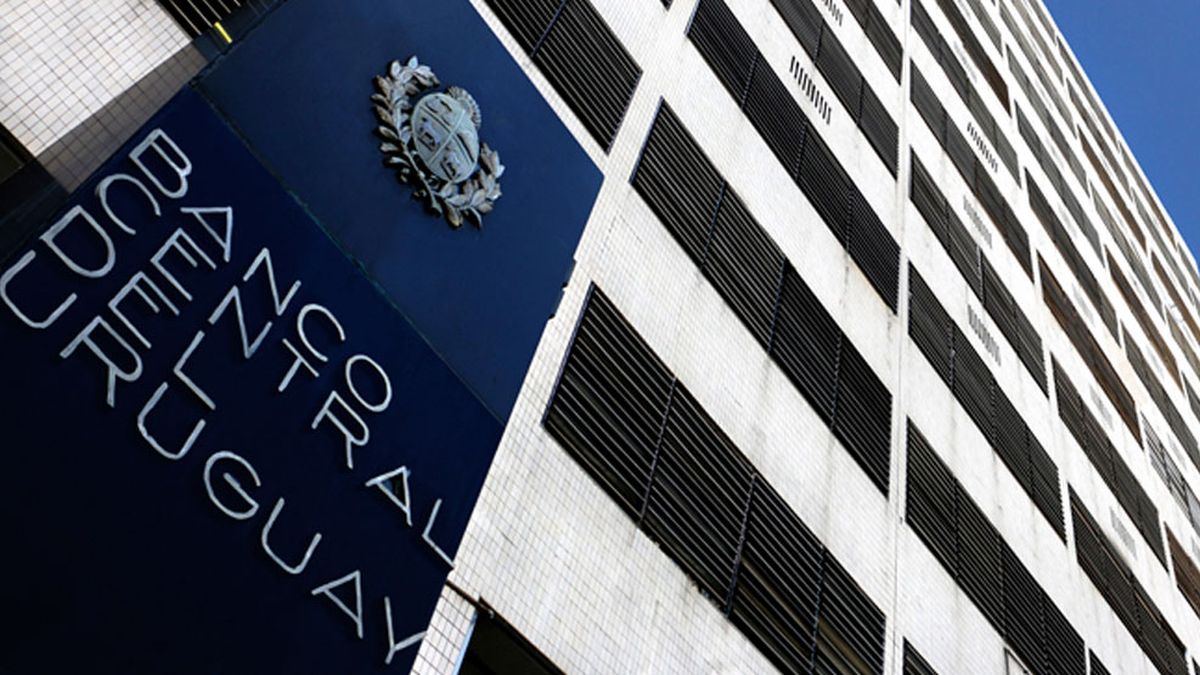The government of Luis Lacalle Pou will present, in the coming weeks, a plan of capitalization of the Central Bank of Uruguay (BCU), to be completed this year, after the entity did not have the minimum equity established by its Organic Charter.
The BCU must increase its reserves by at least 36,066 million pesos (USD 983.24 million) to comply with Law 16,696 that mentions the Ministry of Economy and Finance (MEF) in the statement announcing the operation.
The entity ended 2022 with a result for the year in the red: -57,985 million pesos, affecting equity that was -8,055 million dollars ($201.02 million).
The special reserve corresponding to article 9 of the Organic Charter of the Central Bank fell from 4,199 million pesos in 2021 to 15,237 million pesos in 2022.
How do you explain the drop in reserves?
The existing reserves in the BCU’s assets as of December 31 of last year amount to 21,918 million pesos.
According to the financial statements of the monetary authority, the net result of the last year was a loss of 57,985 million pesos, not having generated profit from the adjustment in the value of assets and liabilities in foreign currency, gold and special drawing rights (SDRs).
During the past year, the dollar suffered a strong depreciation of 10.65% according to the Central Bank. Most of the entity’s assets -as is the case with most central banks in the region- are in that currency, while the liabilities are in pesos, in treasure lettershence the difficulty in the last period to generate profits.
Jose Antonio Licandroformer BCU Financial Regulation Superintendent, explained through various tweets that “since the BCU has a bought position of more than US$7 billion, it has accounting profits when the dollar rises (such as between 2018 and 2021) or losses when it falls (as in 2022)”.
“Capitalization should not alarmbecause what was provided by law is that the State capitalizes the BCU with bonds to have a more or less regular flow of resources that allows it to cover part of its budget”, he stressed.
Regarding gold reservesWhile other central banks have considerably increased their holdings in recent months as a safe haven, the BCU went from having 265 million pesos in assets in that metal in 2021 to 237 million last year.
In his recent technical report, the International Monetary Fund (IMF) He warned about the need to advance in financial policies in Uruguay that reverse the deep dollarization of the system.
How will the capitalization of the BCU be?
Although the details of the Central Bank’s capitalization process will be released by the government in the coming weeks, there are keys that are known: it will be through the delivery of capitalization bonds by the Ministry of Economy and Finance, and not from the market.
In the last 13 years, the BCU has been capitalized four times. In 2010, the MEF delivered a perpetual bond, that is, it pays lifetime interest to the BCU, but the principal of the bond is not amortized. While in the subsequent three years it issued 30-year bonds in Indexed Units (UI), a value tied to the level of inflation in Uruguay and which pays an annual coupon of 3.25%. The current book value of these capitalizations amounts to 19,826 million pesos.
Source: Ambito




